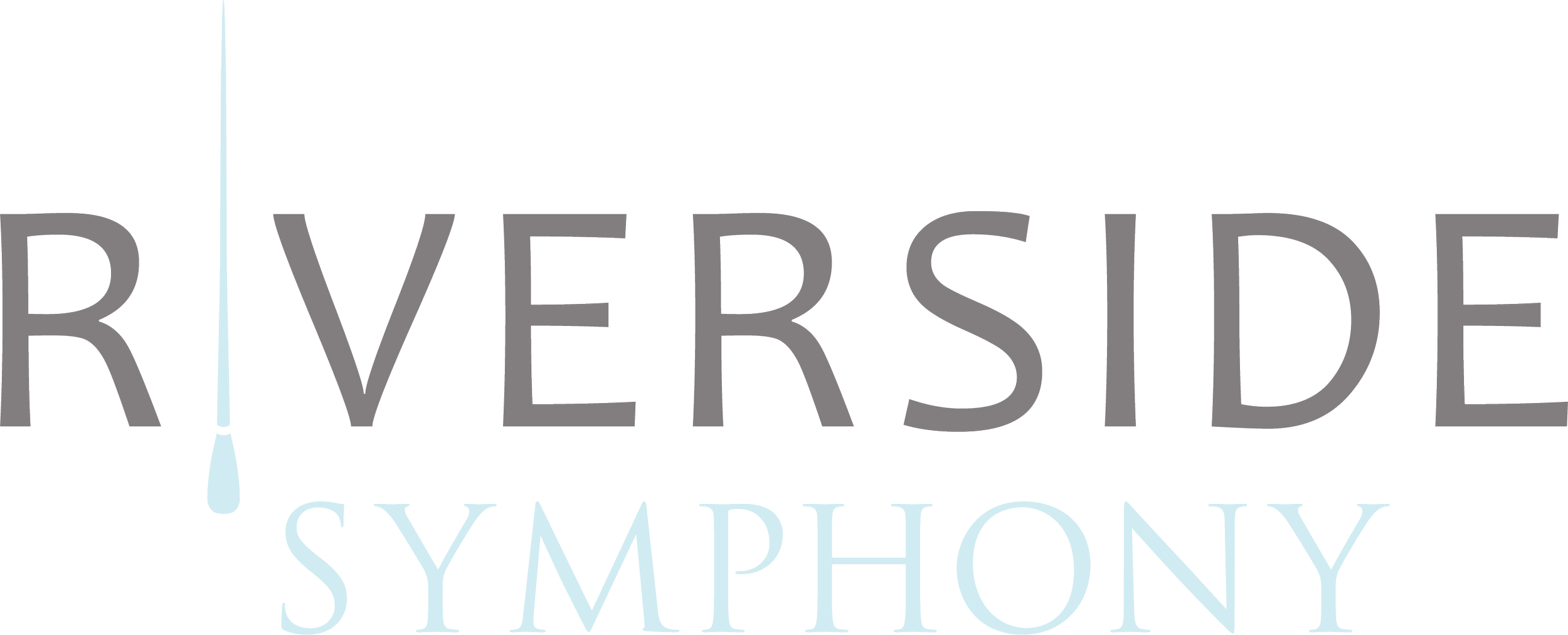Conductor's Corner: Hearing Haydn
Franz Joseph Haydn is considered the father of the symphony, indeed often referred to by composers of his time (including Mozart and Beethoven), as “Papa Haydn.” He wrote an astonishing 104 symphonies—in addition to chamber music, oratorios and more. No one since has come close to this level of output!
Although Haydn is revered by most musicians, I’ve found that audiences often don’t “get” him. They’ve heard and seen his name on concert programs, they know they’re supposed to like his music, yet it doesn’t seem to elicit the enthusiasm both Mozart and Beethoven engender. I encounter this a lot. Why is that? Having performed a countless number of his symphonies, I find the sheer inventiveness and originality amazing, and cannot recall finding a stitch of borrowed material from one piece to another. Even Bach did that!
So, what is it about Haydn that doesn’t get people excited to hear his music? I admit that earlier in my life I had a similar reaction. Today, having performed so many of his symphonies—and many times over in some cases—I can look back and confess that through these performances, I have evolved as a musician (and appreciator) through deep listening, increased familiarity, and arriving at certain conclusions about their natural “tendency,” of course with the goal of helping determine how they should be performed.
How did this evolve, and how might others benefit from my experience? My evolution started upon encountering—for the first time—Haydn performed on the original instruments he would have composed for, opening a completely different sound world than what I had previously encountered. Hearing this period-specific approach led me to appreciate how it allows the pure, innate expression of the melodies and harmonies to emerge, making clear the music’s natural peaks and valleys to be heard— and felt. This first-time realization opened my ears to the variety of sounds that could come from the music—sounds that I had never heard before. It suddenly felt as if there was almost an overabundance of expression— and the music itself became more interesting. The performances were like removing varnish from furniture, which allows you to appreciate the wood’s raw beauty. In technical terms, this was largely achieved by cutting back on vibrato (more common to Romantic period music), as well as heft of sound. Such elemental adjustments render the music lighter and more transparent, giving added color and expressive nuance.
Comparing the first movement of Haydn’s Symphony 92 “Oxford” illustrates a case in point via two sound links presented here. Both are excellent yet produce very different expressive results. Let’s first check out a recording performed by the ensemble Capella Istropolitana, conducted by Barry Wordsworth, to get an idea of what this masterpiece sounds like.
Now let’s hear the same performed by the Tapiola Symphony conducted by Cem Mansur. Ask yourself as you listen, ask yourself: is there a difference in the performance and how would you characterize the feeling and sound of the music? Do you prefer one performance to the other? There is no right or wrong—just the approach that enables you to best enjoy the music is what matters.
While Haydn’s irrepressible humor and energy come through in both versions, the difference between them is revealed in their respective approaches in terms of lightness, variety of expression, and musical nuance. Is one clearer and lighter to you than the other? If so, does that make your enjoyment of the music more satisfying? In all frankness, the second example is more likely to resemble a Riverside Symphony performance, even though we play on modern instruments. It bears the hallmarks I’ve described above, but that doesn’t mean you shouldn’t prefer the other!!
In all events, my increased appreciation and love for Haydn’s music—as in all music, come to think of it, has come from repeated listening; it is like getting to know someone. I encourage you to continuing listening to the rest of this superb Symphony in either or both performances. Once you’re familiar with the work, also try listening to some other performances on YouTube. You might discover another performance even more enjoyable than these. In any case, there is no right or wrong answer. It’s whatever speaks to you and gets you to enjoy the music most.
Happy listening everyone!


